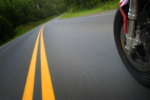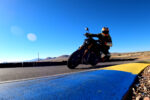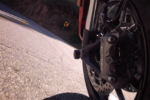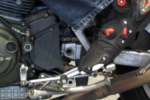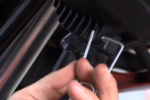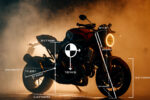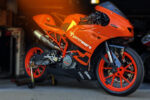How Do Motorcycles Actually Turn
Countersteering is probably the most misunderstood concepts in motorcycling. When I was learning to ride, it was widely dismissed. Then when I became a riding instructor, it was believed that it only worked above a certain speed. Now we know that it works at every speed. So it’s often cited as the one perfect solution to every cornering problem. Running wide in a corner? Countersteer. And if that isn’t working, countersteer more.
But I tend to be suspicious of overly simple or absolute answers, and so should you. The answer to almost every motorcycle question actually starts with it depends.
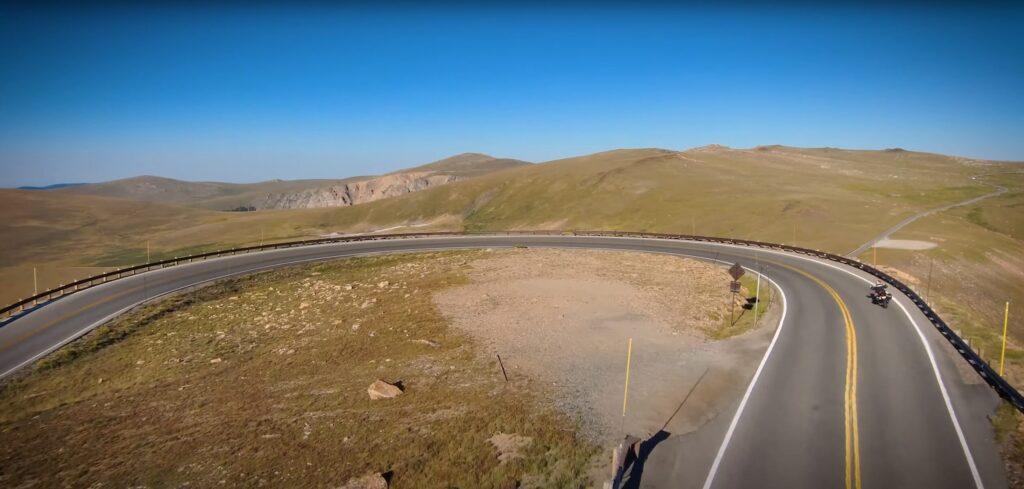
We all know that motorcycles turn by leaning, right? We press the handlebar in the direction of the turn. The bike leans over, and then we are told that motorcycles change direction because the tires are shaped like cones. When leaned over, it moves in a circular path because the force applied is directed at an angle. This is Newton’s principle of circular motion. Problem solved. Except motorcycles have two wheels.
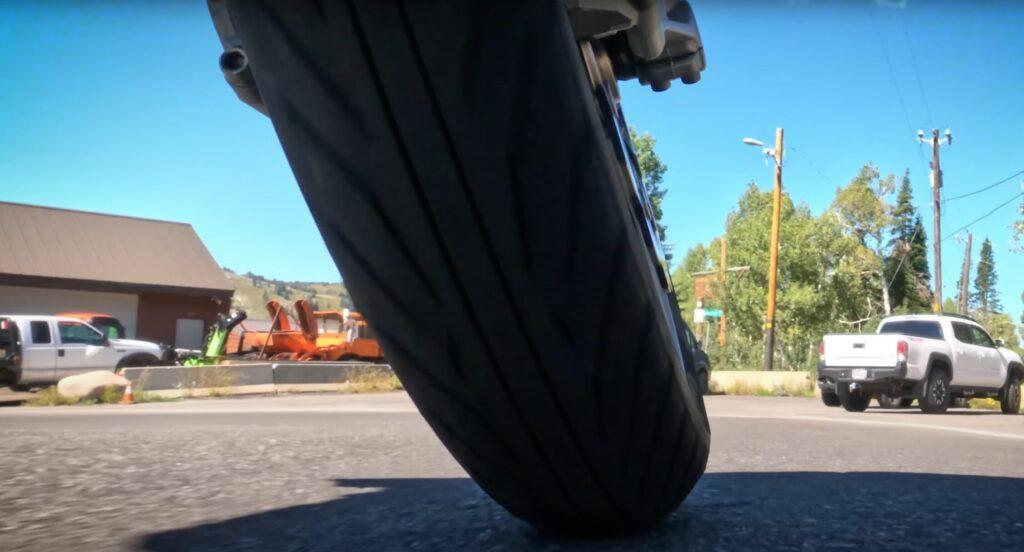
This got me wondering what’s happening when we lean into a corner. Why are motorcycles stable
and how do they turn? It all kind of seems to defy logic, doesn’t it? What I discovered is that statement is more true than you may realize. We can all agree that motorcycles lean and then turn. But what’s happening?
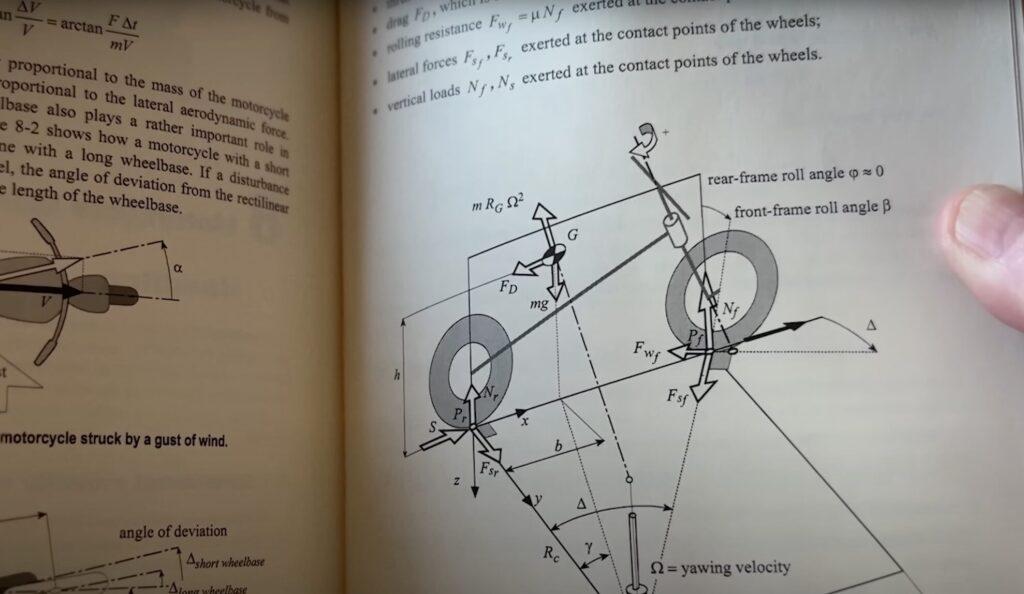
Imagine that balancing a in the palm of our hand is is our motorcycle. And if we just start trying
to move, it’s going to fall in the opposite direction. That means if I want to go one way, I first have to move my hand the opposite direction. It’ll tip in the direction I want to go and I can follow it. I’m moving my hand, my contact patch in the opposite direction that I want to go.
It works the same way on a motorcycle. If I want the bike to lean to the left, I need to move the contact
patch to the right. We control this with the handlebars. Rotate the bars and it moves the contact patch sideways in the opposite direction. We have to steer into the direction of the undesired fall, and this is what we’re doing At slower speeds. The motorcycle starts to fall to the left. We steer to the left and it comes back up right, because we’re bringing the tires back underneath the center of mass. And this explains why it feels like we aren’t countersteering at slow speeds.
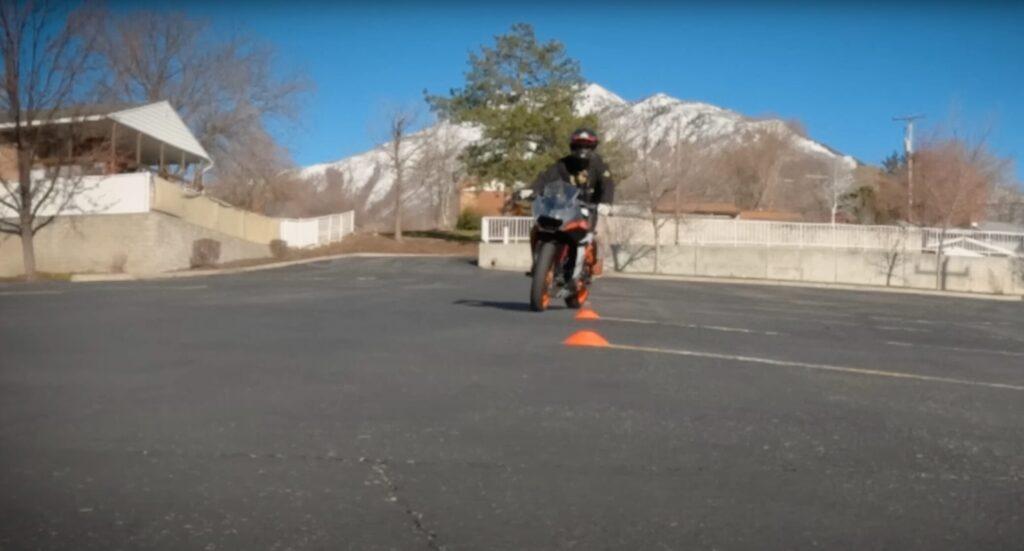
When the pace comes up. We use this to our advantage to get the motorcycle to lean into the direction
we want to go. To get the bike to lean left, we push forward on the handlebar in the direction we want to lean. We steer away from where we want to turn. I do this every time I turn and so do you.
But what happens next?
Take a bicycle wheel and we spin it, and it’s stable. This is called gyroscopic precession, seemingly
defying gravity. Right? According to Newton, spinning wheels are illustrating the principle of angular momentum. It maintains its orientation relative to the Earth’s axis or resists changes in its orientation.
This has been well-established thought since around 1910, when an entire volume of a three book series was dedicated specifically to the stability of a bicycle. Gyroscopes. But if we try to isolate this; take away steering and a moving bicycle falls over just as quickly as a stationary one.
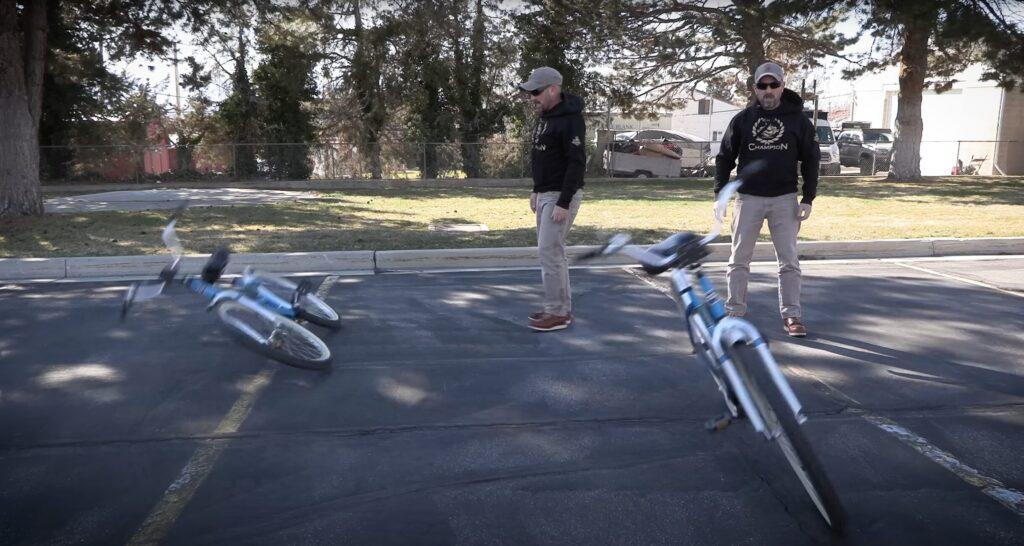
If bikes are stable because of gyroscopic precession, why does the one with spinning gyroscopic wheels fall over just as fast as the one that’s just sitting there?
Maybe it’s because bikes are cleverly designed to steer themselves. In other videos, I often talk about the importance of trail. And if we draw a straight line down from the steering stem, not the forks, the steering axis intersects the ground in front of the contact patch. This is called trail. The tires contact patch trails the steering axis, and on bicycles and motorcycles it’s roughly 100mm. That floored me. Bicycles and motorcycles travel at vastly different speeds, yet the trail number between the two is more or less the same. Trail is like caster on a shopping cart. The the wheel follows where it steered.
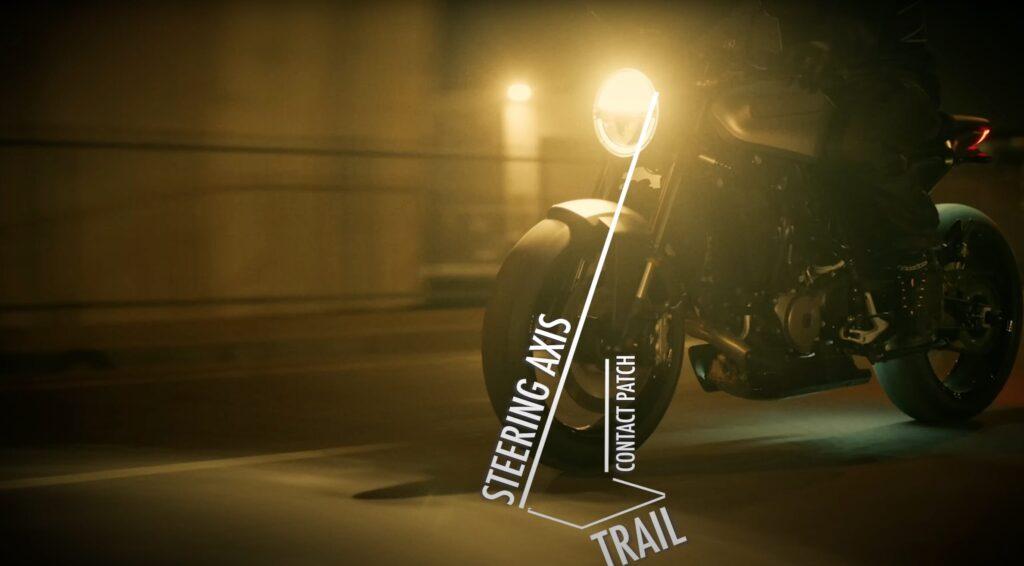
Let’s put these two ideas together. Use a toy gyroscope. When we spin it forward the same direction as our wheels on a motorcycle. And then lean it to the left. Watch as it turns to the left, into the turn. So then gyroscopes don’t keep the bike upright, they turn the handlebars? It turns into the turn, not away from the turn, which will push the bike upright again.
So let’s get this straight. Two wheeled vehicles are stable because of gyroscopic precession and caster
work together right? Or maybe not.
A bunch of really smart researchers wanted to test this. So they built a bicycle that had an extra set of wheels that spun the opposite direction and eliminated all the angular momentum. They basically counteracted all those gyroscopic forces. Going all in, they also removed all trail. The contact patch was
in front of the steering axis, and they found the bicycle was still stable. Even when its path of travel
is disturbed, it regains stability and keeps going.
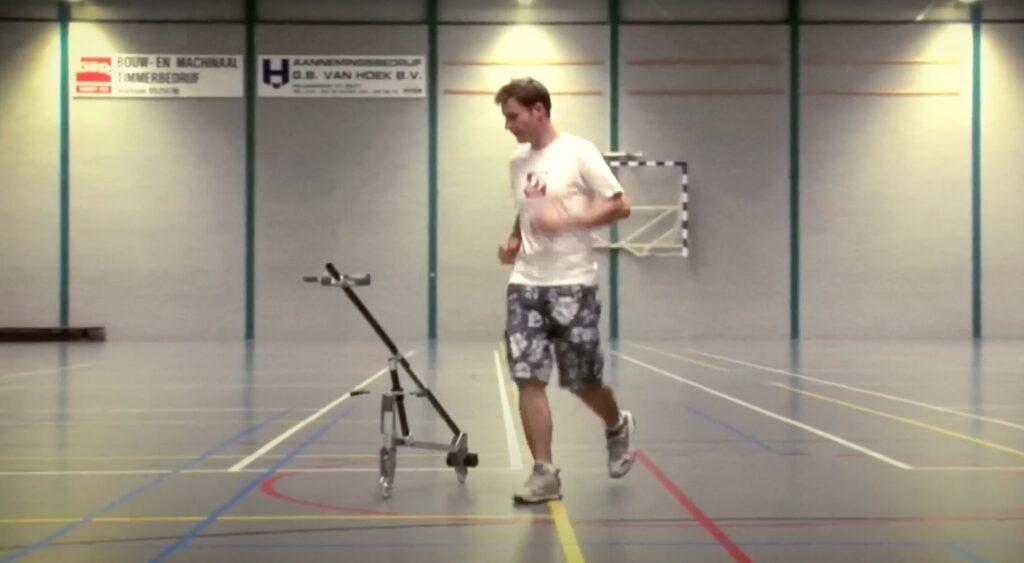
So if it’s not gyroscopes and it’s not trail, then what is it?
What they figured was stability was a result of mass distribution. The force of gravity also works to steer the bike into the lean. We can illustrate what this means. If we take a bicycle and we lift it up and tip it forward so there’s effectively no trail.
Watch what happens as we lean it to the side. The front tire still steers into the corner because gravity. And if I was strong enough to lift up a motorcycle, it would do the exact same thing.
What really surprised me with all of this is that bikes are still an active area of study. Scientists don’t currently know what it is about these combinations of variables that work together to give a bike stability, gyroscopes, trail or mass distribution. We know some combinations work while others don’t. We can fly drones on Mars, but scientists still don’t fully understand two wheeled vehicles.
The fact that the humble bike still stumps the world’s leading mathematicians and physicists can best
be summed up with a quote by leading quantum physicist Michael Brooks.
Forget mysterious dark matter and the inexplicable accelerating expansion of the universe. The bicycle represents a far more embarrassing hole in the accomplishments of physics.
Michael Brooks
What I eventually resolved was it’s just like caster in the steering geometry of our bikes, where the wheel goes, where it steered. Science is trying to explain or following our observations. In other words, physicists didn’t come out and say, hey, to turn left, press forward on the left handlebar. Riders observed this was happening, and people much smarter than me are just trying to understand why.
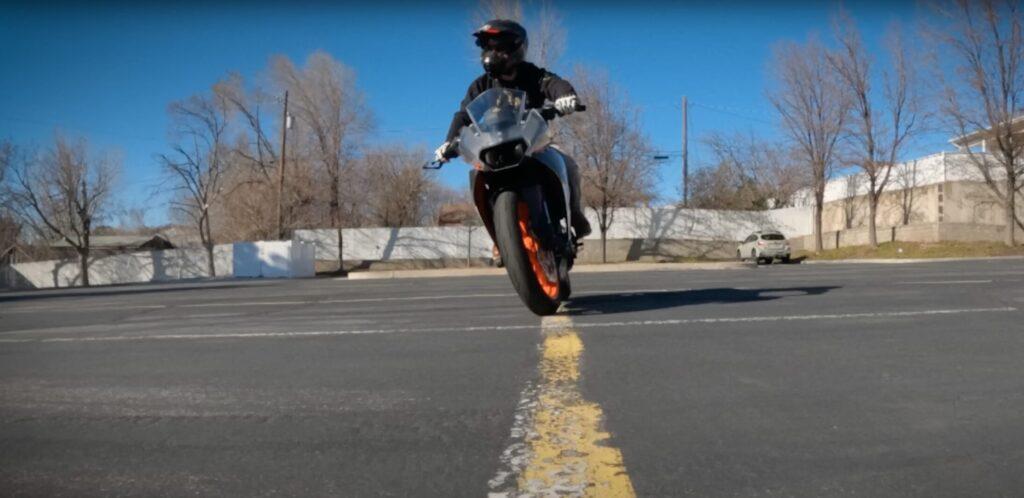
So that’s all fun and neat and all, but how can we apply any of this to our riding?
We’ve learned that in order for the motorcycle to actually change direction, the handlebars need to be able to be turned into the corner. That means that counter steering isn’t really so much about steering as it is about initiating and controlling lean so that the tires can be underneath the bike’s center of mass.
We’ve all experienced how counter steering is easy to feel when we try to change direction while under power. In fact, countersteering is pretty much the only way to get the tire to move out from underneath the bike and initiate a change in direction when we need to turn while on the throttle.
The advice that says that if we are running wide in a corner, we need to stay on the gas and just counter
steer to lean more. It’s predicated on the staying on the gas part, and indeed, there are a few situations
where we need to turn while on the gas, like a swerve or a chicane. It also works great in places
like fast, open sweeping corners, freeway on ramps, or big empty parking lots.
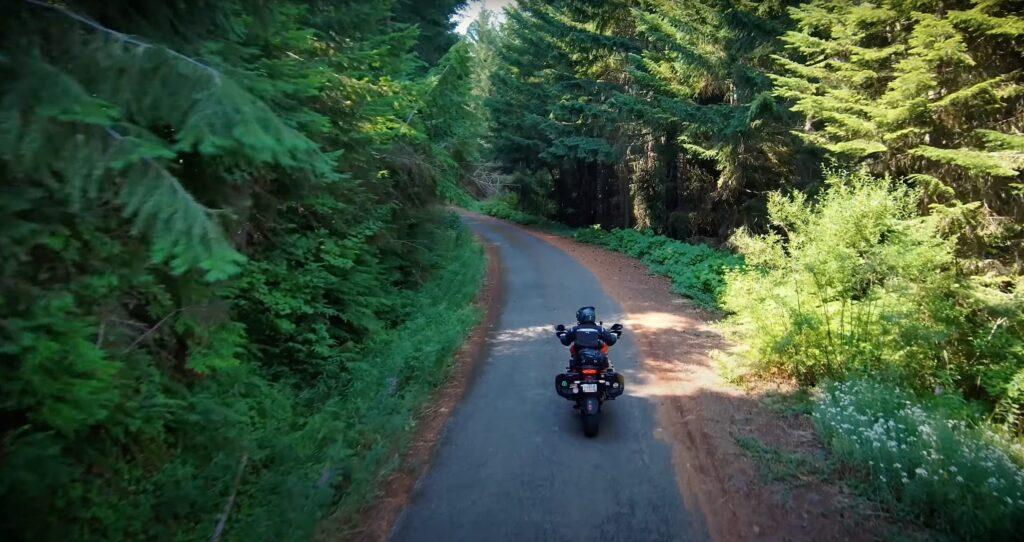
But we’re not freeway chasers and We’re not parking lot chasers. and we’re not John F Kennedy drive chasers. We’re canyon chasers. We want to go ride those scenic byways and back ways where the roads are wiggly and less predictable. The corners are blind more often than not, and the asphalt
can be wildly variable, where we have to be adaptable and adjustable riders if we want to survive. Where staying on the throttle and pushing the contact patch out from underneath us and throwing lean angle at a problem may not always work out.
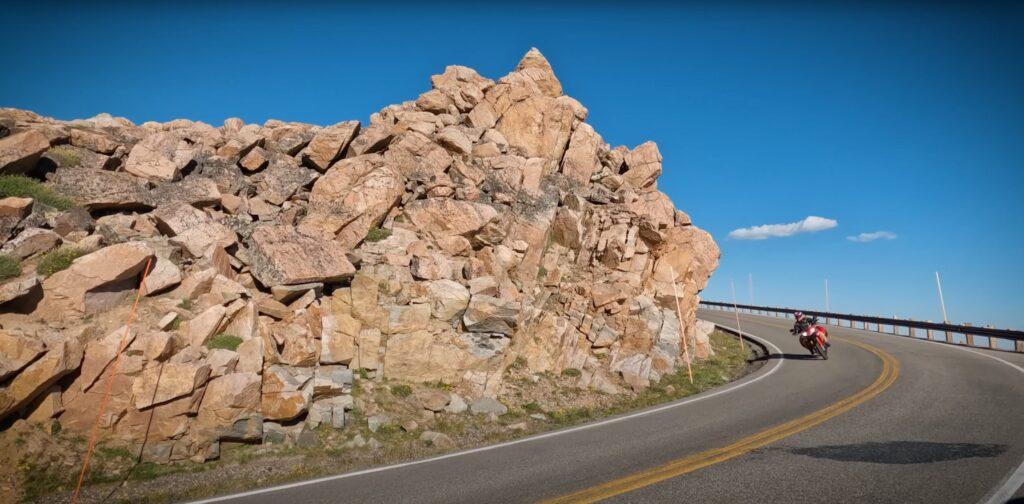
Here’s the thing. Lean angle is not infinite. Not every bike is going to be capable of just leaning more. Not every rider is going to be capable of just leaning more. Not every tire is going to be capable of just leaning more. Sure, oftentimes we can lean more than we think, but there’s a point where we will run out of lean. Can you think of any real world situations where we may not want to push the contact patch out from underneath us? Have you ever found yourself in a situation where you maybe didn’t want to turn while accelerating? You know, maybe something like a downhill corner? Even something as common as a freeway off ramp?
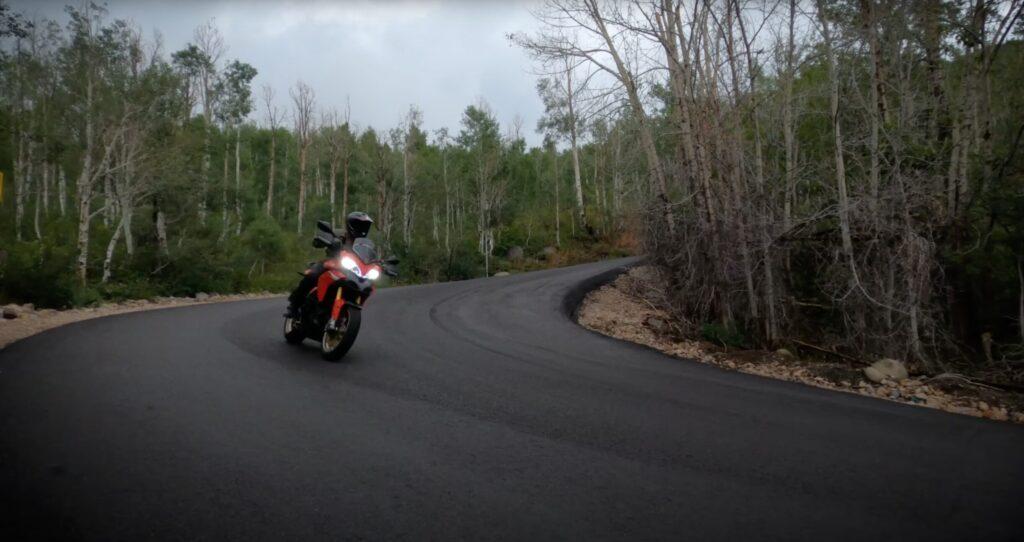
What can an adaptable rider do in situations where turning while accelerating shouldn’t be our first choice or our best option? To find the answer, we need to venture out into space. The final frontier.

Let’s go take a look at actual rocket science. Orbital mechanics to be more specific. When we put something in orbit, it has to be going fast enough to stay in that orbit or that radius. What happens as it slows down? The orbit starts to decay. The radius gets smaller. When this starts to happen,
how did the fine folks at NASA get the International Space Station back into the correct orbit? They strap a rocket to it and accelerate. In other words, speed equals radius.

See, all those episodes of Star Trek are helping us become better riders.
Speed equals radius is an easy way to explain centripetal force. As riders that means for a given lean angle, the radius of a corner is determined by how fast we are going. We go fast in fast corners. We go slow through slow corners. Champ School has a great demonstration of this. For a given lean angle
at a steady speed, the radius of a corner stays the same. When the rider accelerates the corner gets bigger and when the rider slows down the radius of the corner gets smaller.
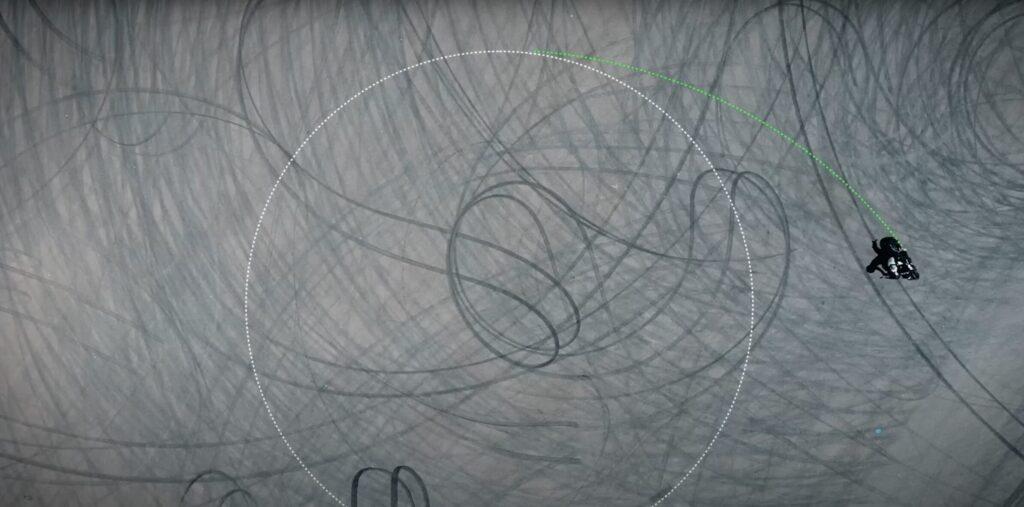
There are some other advantages from entering a corner with your brake light on. Slower speed requires less lean angle. Less lean angle means less risk because we have more available grip for lots of different reasons. We can also add and subtract small amounts of brake pressure for even more precision. And if we need to slow more. No big deal because we are already slowing.
Here’s the deal. Physics help us to explain a lot of things. It helps us to better understand why bikes are stable, why tires need to be cone shaped. Why moving the contact patch underneath the center of mass changes how much the bike leans and all that other cool stuff. But what ultimately matters more than the whys of the physics is our inputs. In other words, if the only tool we have is a hammer, every problem starts to look like a nail. Have more than one tool. Sometimes we need to turn while on the throttle with counter steering. Sometimes it’s turning while using some front brake pressure to control our speed to control our radius.
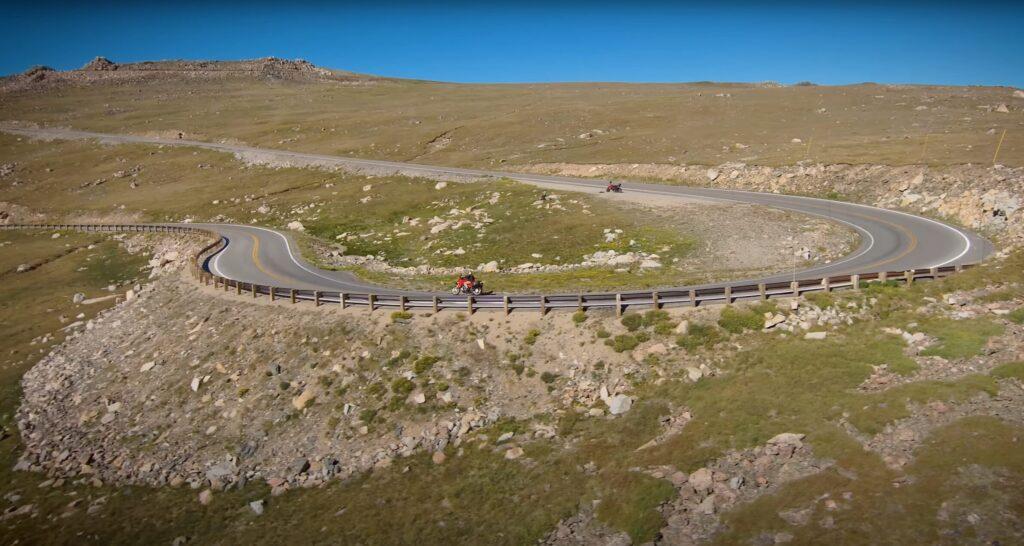
Efficiency is using the right tool at the right time become an adaptable rider. Use different tools
for different jobs and understand how each works.
So when we get into a corner too fast, should we just countersteer more?
Well it depends.
Sources:
- Most People Don’t Know How Bikes Work
- Bicycle Research Project at Cornell
- Why Bicycles Do Not Fall
- How do Bikes Stay Up?
- How Bicycles Balance Themselves
- Gyroscopic Precession
- Spinning
- Neil deGrasse Tyson Explains
- Bicycle Mechanics and Dynamics
- Bicycle Dynamics
- Explaining the Gyro Effect
- Centripetal Force
- Centrifigul Force
- Motorcycle Dynamics
- Sport Riding Techniques
- Bicycle and Motorcycle Dynamics
- Circular Motion
- Angular Momentum
- Precession
- Centrifugal Force
- Centripetal Force
